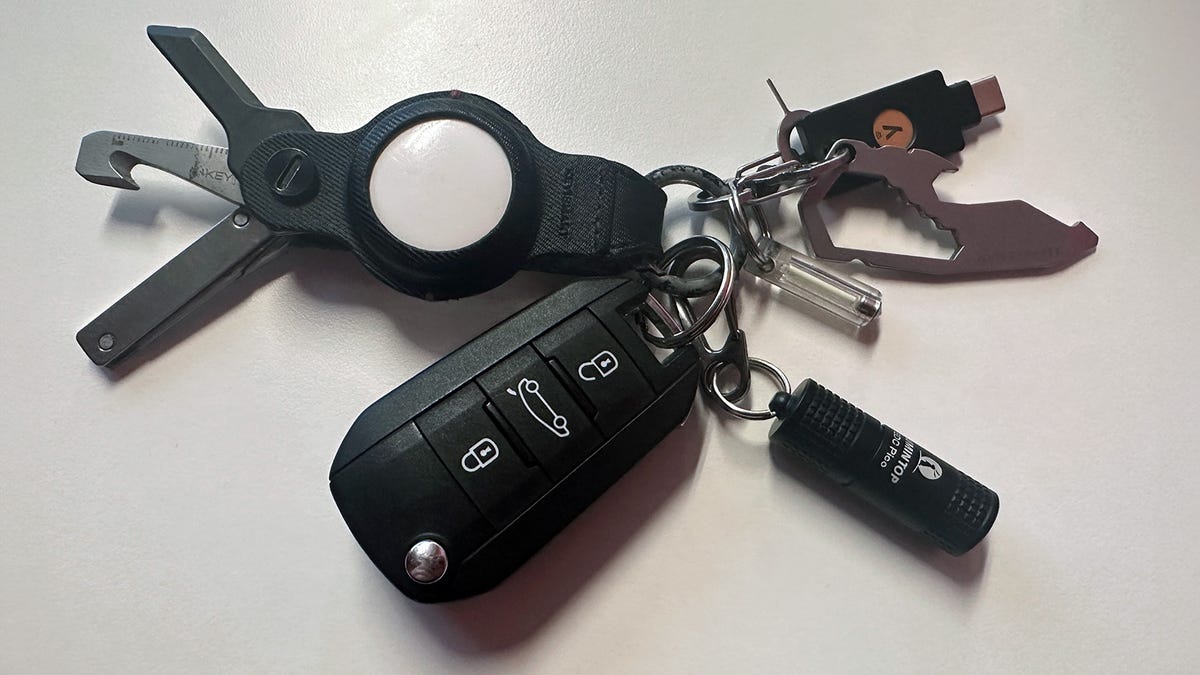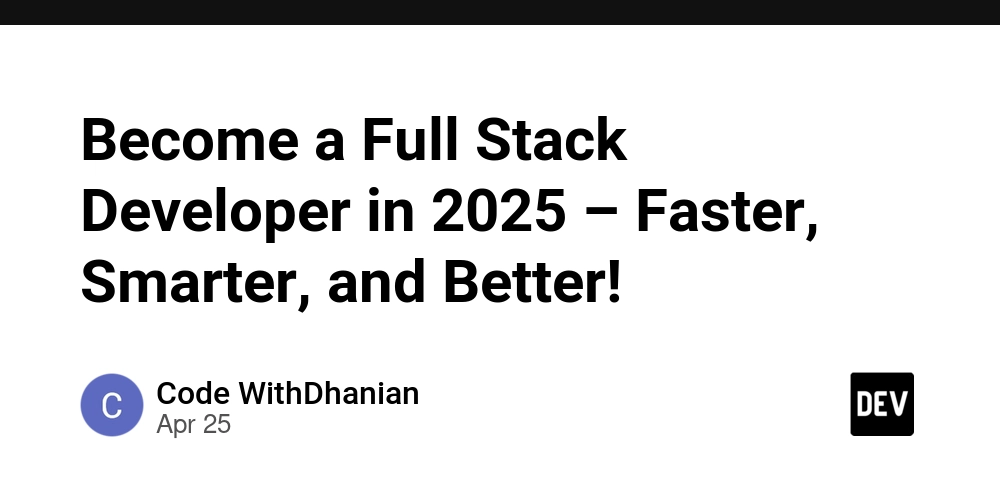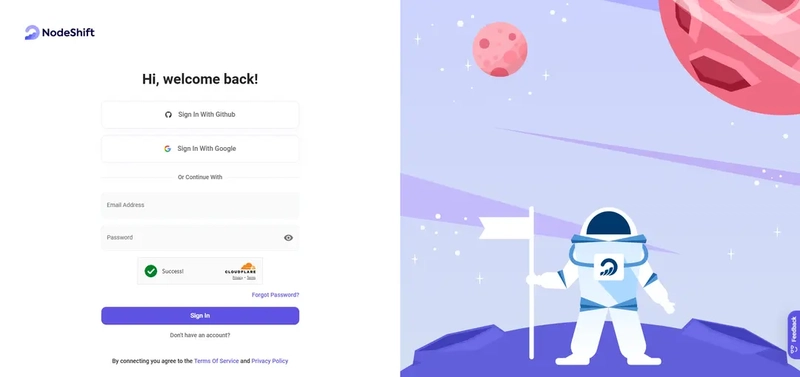Implementing HTMX with Flask and Jinja2 for Dynamic Content Rendering
HTMX is a lightweight JavaScript library that allows you to build dynamic, modern web applications without relying on heavy front-end frameworks. Combined with Flask and Jinja2, you can create rich, interactive user experiences while keeping your tech stack simple and Pythonic. In this tutorial, we'll walk through integrating HTMX into a Flask project using Jinja2 templates for dynamic, server-rendered content updates. Step 1: Set Up Your Flask Project Start by creating a virtual environment and installing Flask: python -m venv venv source venv/bin/activate # On Windows, use venv\Scripts\activate pip install flask Create a basic folder structure: project/ │ ├── app.py ├── templates/ │ ├── index.html │ └── partials/ │ └── more_items.html └── static/ └── htmx.min.js Download the latest HTMX library and save it as htmx.min.js in the static folder, or include it via CDN. Step 2: Create the Flask App Inside app.py, set up a basic Flask application: from flask import Flask, render_template, request app = Flask(__name__) @app.route("/") def index(): return render_template("index.html") @app.route("/load-more") def load_more(): items = ["Item A", "Item B", "Item C"] return render_template("partials/more_items.html", items=items) if __name__ == "__main__": app.run(debug=True) Step 3: Build the Base Template with HTMX Create templates/index.html to serve your main page. Add a button that fetches additional content via HTMX: HTMX + Flask Welcome to HTMX with Flask Initial content here... Load More Step 4: Create the Partial Template Create templates/partials/more_items.html. This template will be returned via HTMX when the button is clicked: {% for item in items %} {{ item }} {% endfor %} Step 5: Run the App and Test It Start the Flask development server: python app.py Open your browser to http://127.0.0.1:5000/ and click the “Load More” button. You’ll see new items loaded dynamically below your original content - without a full page refresh or JavaScript code! ✅ Pros: ⚡ Super fast and light - no frontend framework needed

HTMX is a lightweight JavaScript library that allows you to build dynamic, modern web applications without relying on heavy front-end frameworks. Combined with Flask and Jinja2, you can create rich, interactive user experiences while keeping your tech stack simple and Pythonic.
In this tutorial, we'll walk through integrating HTMX into a Flask project using Jinja2 templates for dynamic, server-rendered content updates.
Step 1: Set Up Your Flask Project
Start by creating a virtual environment and installing Flask:
python -m venv venv
source venv/bin/activate # On Windows, use venv\Scripts\activate
pip install flask
Create a basic folder structure:
project/
│
├── app.py
├── templates/
│ ├── index.html
│ └── partials/
│ └── more_items.html
└── static/
└── htmx.min.js
Download the latest HTMX library and save it as htmx.min.js in the static folder, or include it via CDN.
Step 2: Create the Flask App
Inside app.py, set up a basic Flask application:
from flask import Flask, render_template, request
app = Flask(__name__)
@app.route("/")
def index():
return render_template("index.html")
@app.route("/load-more")
def load_more():
items = ["Item A", "Item B", "Item C"]
return render_template("partials/more_items.html", items=items)
if __name__ == "__main__":
app.run(debug=True)
Step 3: Build the Base Template with HTMX
Create templates/index.html to serve your main page. Add a button that fetches additional content via HTMX:
HTMX + Flask
Welcome to HTMX with Flask
Initial content here...
Step 4: Create the Partial Template
Create templates/partials/more_items.html. This template will be returned via HTMX when the button is clicked:
{% for item in items %}
{{ item }}
{% endfor %}
Step 5: Run the App and Test It
Start the Flask development server:
python app.py
Open your browser to http://127.0.0.1:5000/ and click the “Load More” button. You’ll see new items loaded dynamically below your original content - without a full page refresh or JavaScript code!
✅ Pros:
- ⚡ Super fast and light - no frontend framework needed





































































































































































![[The AI Show Episode 145]: OpenAI Releases o3 and o4-mini, AI Is Causing “Quiet Layoffs,” Executive Order on Youth AI Education & GPT-4o’s Controversial Update](https://www.marketingaiinstitute.com/hubfs/ep%20145%20cover.png)




























































































































![[DEALS] Microsoft 365: 1-Year Subscription (Family/Up to 6 Users) (23% off) & Other Deals Up To 98% Off – Offers End Soon!](https://www.javacodegeeks.com/wp-content/uploads/2012/12/jcg-logo.jpg)




![From Art School Drop-out to Microsoft Engineer with Shashi Lo [Podcast #170]](https://cdn.hashnode.com/res/hashnode/image/upload/v1746203291209/439bf16b-c820-4fe8-b69e-94d80533b2df.png?#)







































































































(1).jpg?#)































_Inge_Johnsson-Alamy.jpg?width=1280&auto=webp&quality=80&disable=upscale#)













































































































![Apple to Split iPhone Launches Across Fall and Spring in Major Shakeup [Report]](https://www.iclarified.com/images/news/97211/97211/97211-640.jpg)
![Apple to Move Camera to Top Left, Hide Face ID Under Display in iPhone 18 Pro Redesign [Report]](https://www.iclarified.com/images/news/97212/97212/97212-640.jpg)
![Apple Developing Battery Case for iPhone 17 Air Amid Battery Life Concerns [Report]](https://www.iclarified.com/images/news/97208/97208/97208-640.jpg)
![AirPods 4 On Sale for $99 [Lowest Price Ever]](https://www.iclarified.com/images/news/97206/97206/97206-640.jpg)
































![[Updated] Samsung’s 65-inch 4K Smart TV Just Crashed to $299 — That’s Cheaper Than an iPad](https://www.androidheadlines.com/wp-content/uploads/2025/05/samsung-du7200.jpg)





































































